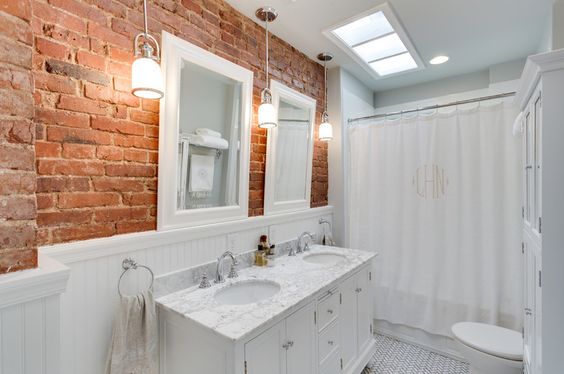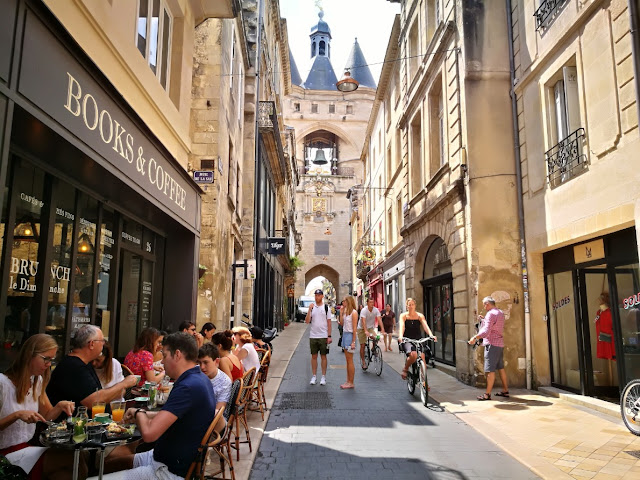~ BURLWOOD ~
Burl wood is anything but average. The swirls, twirls, and eyes dancing in the bark all create a unique, highly figured wood grain that no human could dream of designing.
But what is burl wood really? A burl is a cool-looking, extraneous growth on a tree. Ugly on the outside, but magnificent on the inside, it can form on any type of tree! A burl usually grows when the tree is undergoing some stress, whether it be an injury, virus, or fungal infection. The tree's growth hormones are disrupted and, consequently, it produces those colorful looking lumps and swirls.
A burl results from a tree undergoing some form of stress. It may be caused by an injury, virus or fungus. Most burls grow beneath the ground, attached to the roots as a type of malignancy that is generally not discovered until the tree dies or falls over. Such burls sometimes appear as groups of bulbous protrusions connected by a system of rope-like roots. Almost all burl wood is covered by bark, even if it is underground. Insect infestation and certain types of mold infestation are the most common causes of this condition.
VENEER
While the outside of a burl may look pretty unappealing, the inside can be amazing. The normally straight-running grain of the tree goes crazy inside of a burl, twisting and turning to create all sorts of irregular and complex patterns. Also, it takes decades for a burl to grow large enough to provide enough surface area to make it usable. Tree burls are kind of like the diamonds of the forest–you can’t force them to appear, you have to wait for them to grow, and they aren’t easy to get to.
Burled wood is that swirly-grained wood that is often used on modern-styled pieces or as an inlay on vintage chests and dressers.But why is it special? And why have I become convinced that I shouldn’t paint any burled wood if I don’t have to?
So how does one go about getting a tree burl? Removing tree burls requires heavy-lifting equipment, and cutting the burl off the tree usually damages the tree beyond the point where it will recover. You can’t just go around cutting off tree burls and killing trees–you have to get permission from the person who owns the land, and usually pay them a handsome sum of money for the right to cut down the tree.
 |
| I purchased this at a thrift shop for $125. It was not in great condition. I hate to say I painted it. But kept the top natural. |
In summary–it’s not an easy or inexpensive process. Burls yield a very peculiar and highly figured wood, prized for its beauty and rarity.
Besides being difficult to harvest, another reason tree burls are so special is because they cannot be artificially produced. No one has figured out how to “make” a tree grow a burl, so you have to wait for the luck of nature.
MID CENTURY
COTTAGE
1. very Asian and
2. very dated.
Now imagine these with a high gloss white.
Here's a piece I actually owned. This is not it - but I found it on resale site. It's a Drexel Heritage from the 80's and they sold it for $900.
I purchased mine for $45 and was forced to sell it at a garage sale for about $80. In Florida - black lacquer doesn't sell.
Mid Century Hollywood Regency
And that's why I've become convinced I shouldn’t paint any burled wood if I don’t have to! And If I do - paint it white. Let the wood be the focal point. ( Sadly, I think I'll be stripping a piece I already did....)

































Comments
Post a Comment